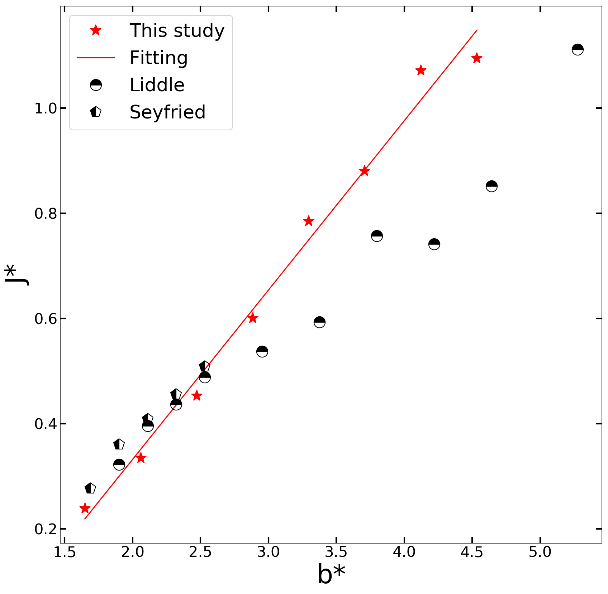A comparative study on the bottleneck pedestrian flow under different movement motivations


Problem & Motivation
During the fire, pedestrians are eager to escape to exits while the narrowing usually restrict their movement. The lack of understanding on the movement characteristics of pedestrians in emergencies increases the difficulties in crowd management.
As a typical geometry in a building, bottleneck restricts pedestrian flows and the pedestrian movement. The lack of study compels us to collect more empirical data to investigate the influence of the bottleneck width on the movement of running pedestrians (highly motivated).
Methods
We analyze bottleneck flow of evacuated students in a laboratory. We compare pedestrian flows under high and low motivations based on the extracted trajectories combining the recorded videos.
Arch- and teardrop-shape spatial distributions of the density are observed for different motivations. We obtain the unified relations between flow and bottleneck width from different experiments by considering the impact of body dimensions and motivations of pedestrians. Queuing time in front of the bottleneck shows a downward trend with the increasing bottleneck widths. To quantify the movement directions of pedestrians, we define deviation angles and we observe the deviation angles are Gauss distributed for pedestrians in the upstream of the bottleneck.

Related Publication
H. Li, J. Zhang, W. Song, and K. K. R. Yuen, “A comparative study on the bottleneck pedestrian flow under different movement motivations,” Fire Saf. J., p. 103014, 2020, doi: https://doi.org/10.1016/j.firesaf.2020.103014.
Download: [Paper]

